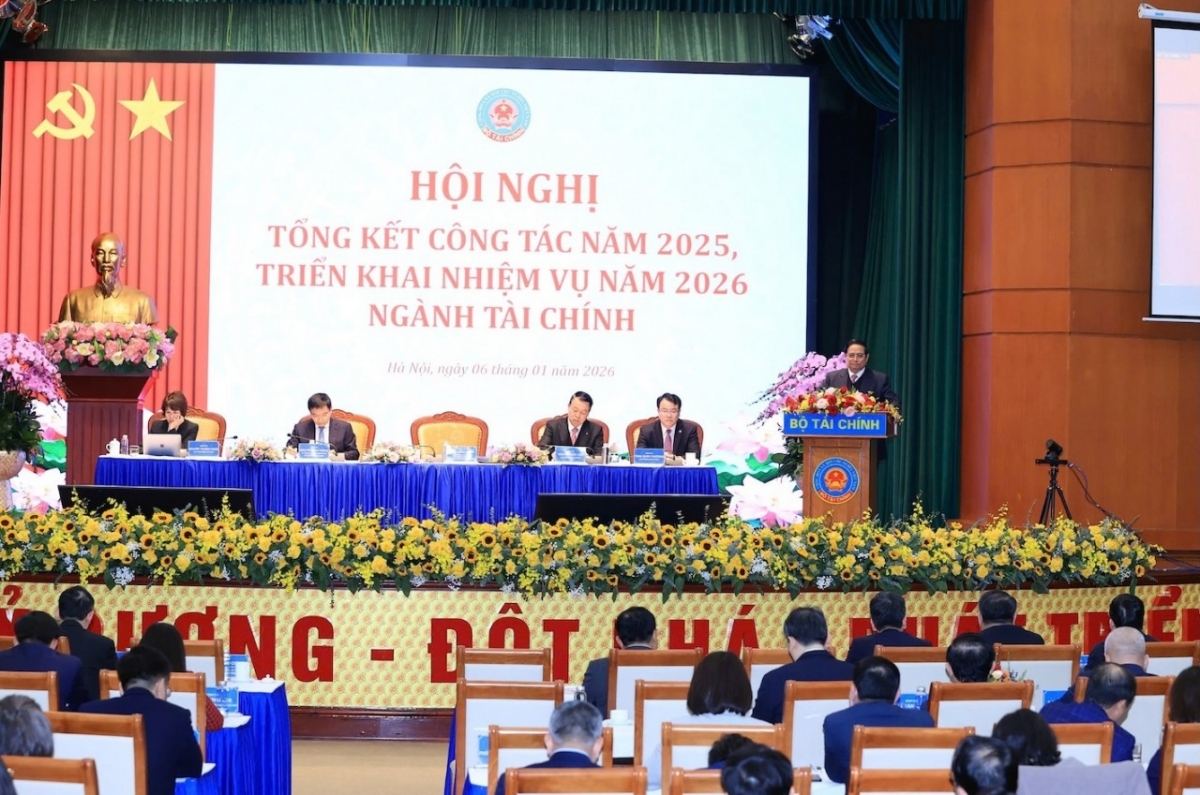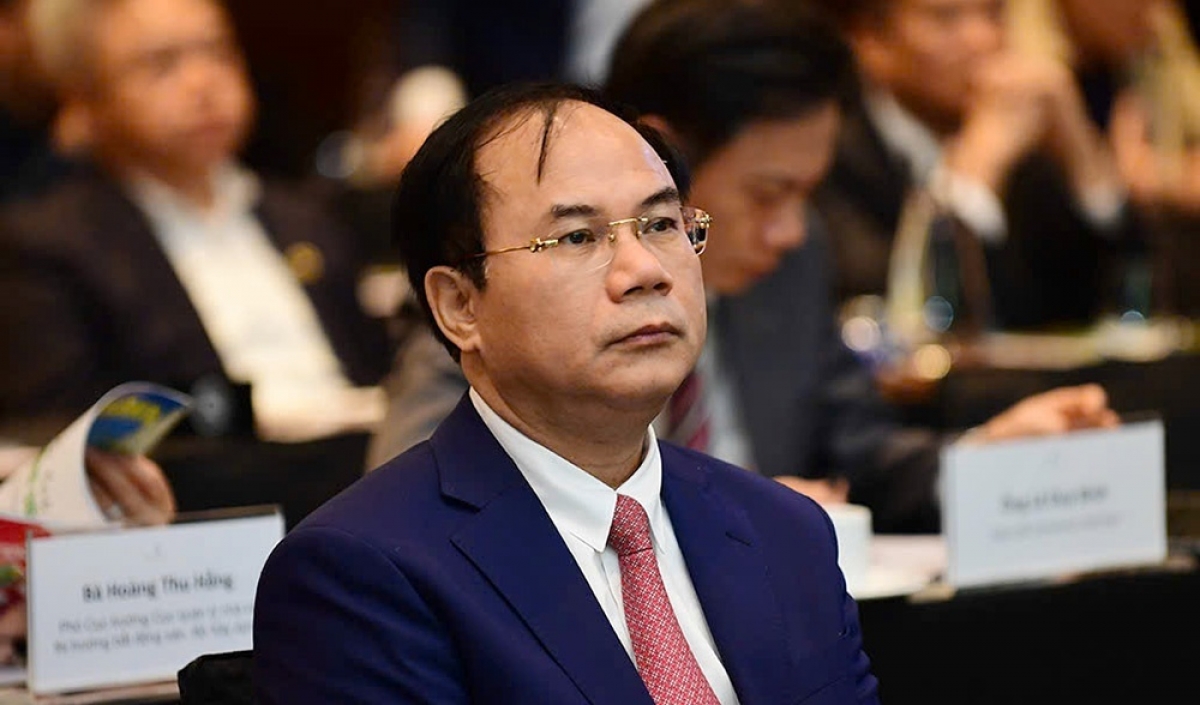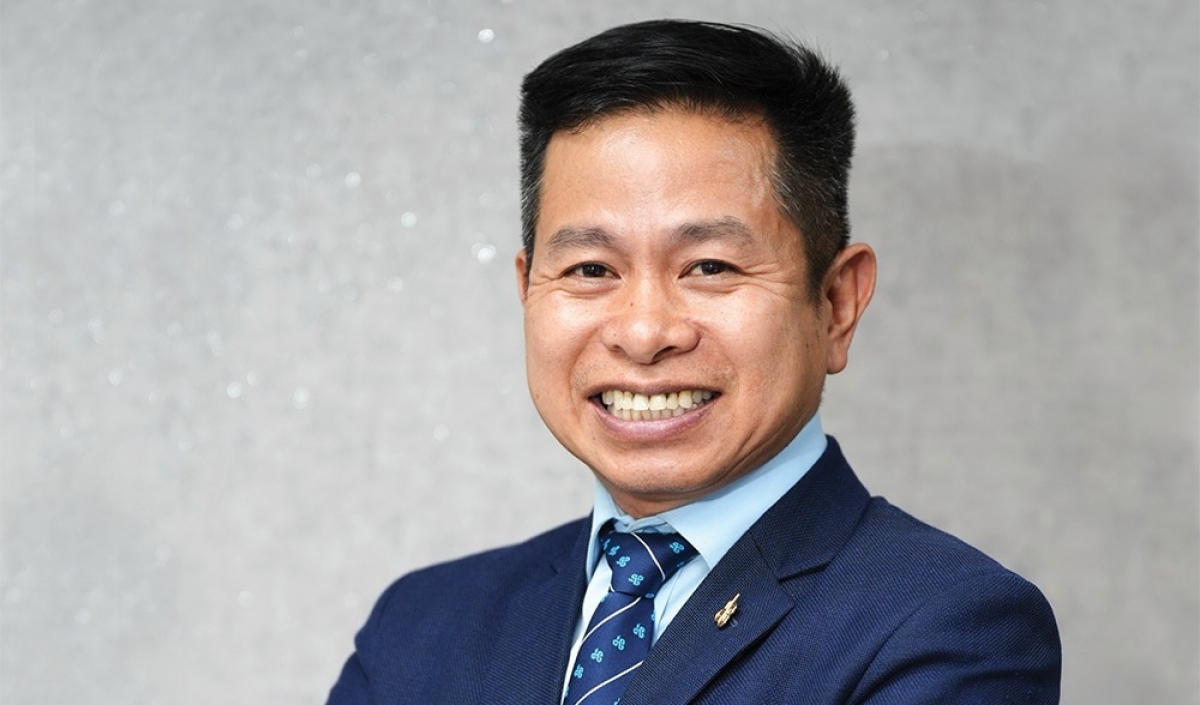INTERNATIONAL INVESTMENT
AND PORTAL
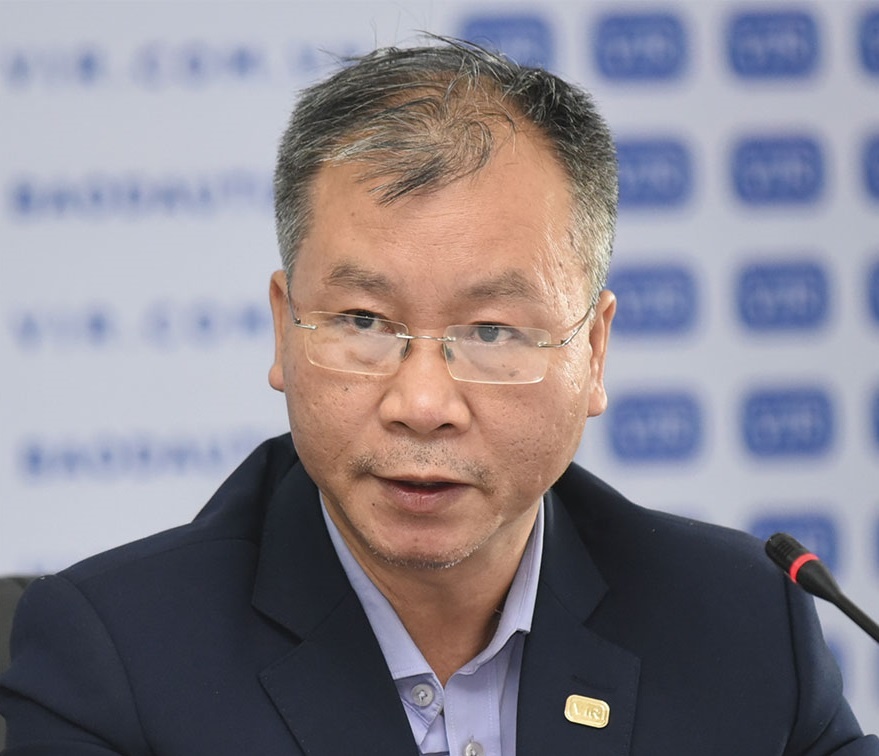 Economic expert Vu Dinh Anh
Economic expert Vu Dinh Anh
Experts expect the US Federal Reserve to deliver a third consecutive 75 basis point hike. How will the hike affect monetary policy in Vietnam?
Developed countries mostly use interest rate policy instruments when it comes to global inflation and the anti-inflation actions taken by central banks around the world. Particularly, basic interest rates have climbed in the United States, Europe, and elsewhere.
There are some ways in which Vietnam’s monetary policy will be impacted by other nations’ interest rate hikes. Firstly, the interest rate in VND must have a tendency to rise to avoid the interest rate difference, which leads to capital outflows, as well as a failure to attract foreign inflows into Vietnam. Second is the impact on exchange rate policy. The US dollar is almost universally expected to appreciate when US interest rates start rising. So far the US dollar appreciation has reached a record level.
As exports are a major driver of Vietnam’s economic growth, the country’s export competitiveness will suffer if the VND does not depreciate. The State Bank of Vietnam (SBV) will undoubtedly have to lose a sizeable portion of its foreign currency reserves in order to maintain exchange rate stability.
Vietnam’s monetary policy is also facing an impossible triangle, which is the relationship between interest rate policy, exchange rate policy, and foreign capital flow. There are only two choices left to guarantee that both direct and indirect capital flows into Vietnam are unaffected: stabilising interest rates or stabilising exchange rates. The SBV is unable to handle both tasks.
How can this dilemma be tackled?
Countries with developed financial markets often have many options in terms of capital supply. They can turn to financial markets in the face of tightening credit. There is even a link between the financial market and credit market.
In Vietnam, the credit institution system serves as the primary source of money for the country’s economy. Therefore, the SBV is tasked with controlling inflation while also fostering economic growth. This is consistent with the economic conditions in Vietnam but is still a challenging issue in the current context.
If inflation is controlled by limiting lending and raising interest rates, it will immediately hit economic growth. For countries with developed financial systems, like the US, the recent interest rate hikes are aimed to limit borrowing.
Despite a dramatic spike in gasoline prices in the first half of the year, Vietnam has now managed to avoid high inflation this year. There is no likelihood of high inflation until the third quarter of 2023.
What are some international practices to respond to this situation?
Normally, developed countries will choose interest rate policy to take the lead in monetary policy. Those with an open economy with the ability to manage cash flows, control capital, and high interest rates will choose to let the exchange rate float without intervention.
The most crucial decision in Vietnam is whether to use a floating interest rate or a floating exchange rate. To select the best policies, it is vital to evaluate how each of these possibilities will affect the Vietnamese economy. The government is facing pressure to maintain stability as well as reduce interest rates to support economic recovery, thereby preventing any increase in interest rate policy.
What is the appropriate policy for the SBV to adopt?
We should take into account how to maximise benefits and minimise damage to the whole economy as well as each part of it. As Vietnam’s economy is very open, import and export turnover accounts for 200 per cent of GDP, in which 70-75 per cent of exports are provided by foreign direct investment.
Meanwhile, that capital currently makes up for about 23-25 per cent of total investment capital in the society and accounts for around 20 per cent of GDP, not to mention indirect capital flows through the stock market or merger and acquisition channels.
The SBV has approved credit room extension for some banks. Should the banks allocate the remaining credit room and raise the overall limit higher?
The SBV’s credit limit is allocated based on operational ability and practical management to ensure safety to encourage or support commercial banks and credit institutions with good performance.
The allocation prompts banks to select customers and projects to lend and they are unable to lend widely or indiscriminately. The necessity to reform the system is a result of the credit boom as well.
There is no issue with this allocation. Vietnam’s economic growth is predicted to reach 7.5 per cent, while inflation is below 4 per cent. It is not necessary to raise the credit ceiling over 14 per cent to boost growth and keep inflation under control.
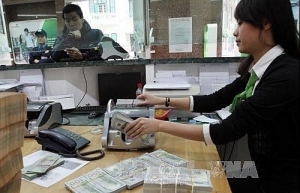 Reference exchange rate up 2 VND at week’s beginning
Reference exchange rate up 2 VND at week’s beginning
The State Bank of Vietnam set the daily reference exchange rate at 23,265 VND per USD on May 18, up 2 VND from the last working day of previous week.
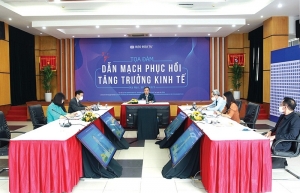 Suitable economic recovery hinges on monetary policy
Suitable economic recovery hinges on monetary policy
The State Bank of Vietnam anticipates significant risk inflationary pressure in 2022 while considering reigning in the expansionary monetary policies of the past years – however, strong credit growth due to stronger demand is predicted with the economy’s reopening.
